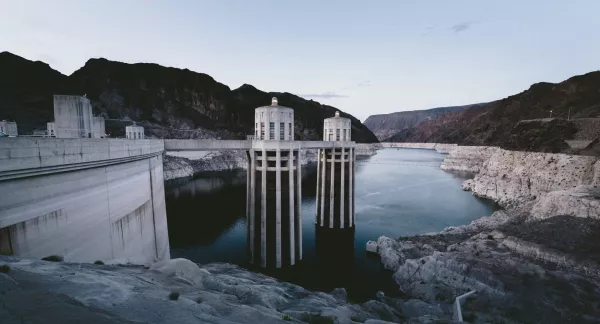About Our Research Programs
Our staff and Research Strategy Committee members have worked diligently to develop five comprehensive research programs designed to provide flexible funding and partnership opportunities to advance water research and innovation. Our focus is on applied research and innovative processes and technologies. We have a competitive selection process, proven quality control measures, and a nationally recognized expert peer review system.

